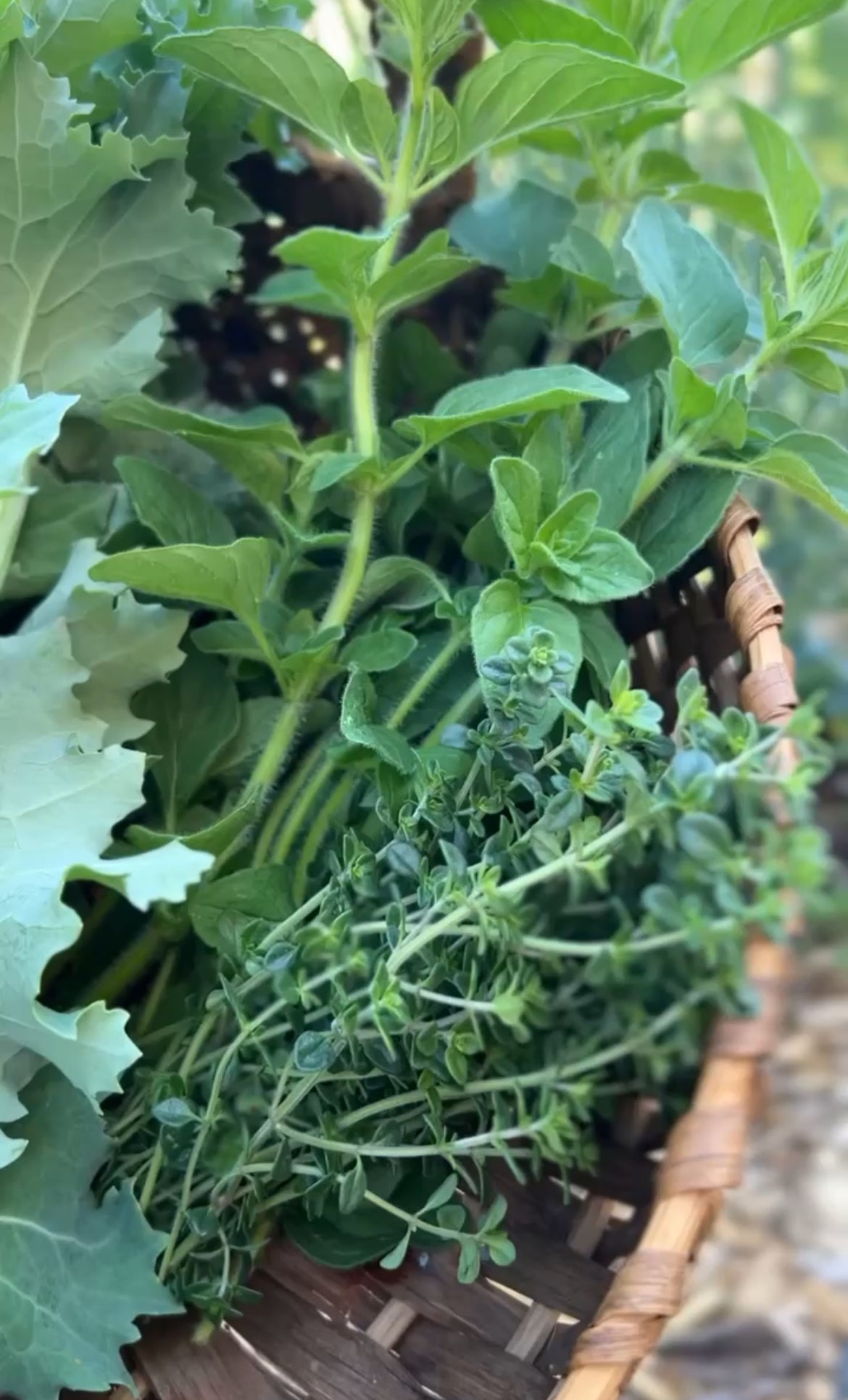5 Easy to Grow Herbs for Your Kitchen Garden
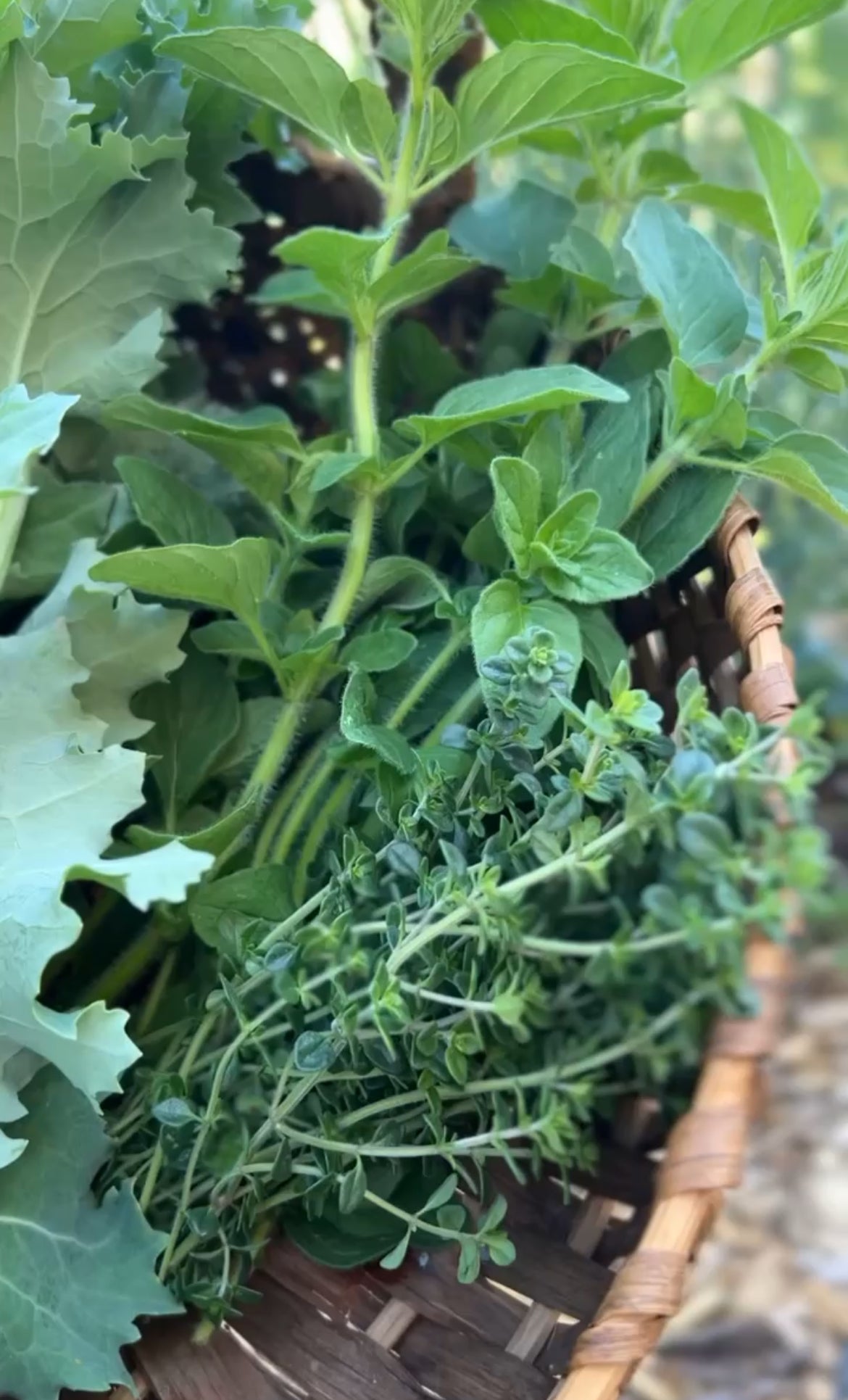
HOMESTEADING SERIES:
5 Easy to Grow Herbs for Your Kitchen Garden
By Jennifer Macleod
June 03, 2024
Just outside your kitchen lies the secret to elevating your cooking from ordinary to extraordinary: fresh, homegrown herbs. Imagine the scent of fresh basil in the air as you pluck leaves for a Caprese salad, or the aroma of home-grown oregano in your Friday night pizza. Growing culinary herbs in your kitchen garden brings flavor and beauty to your meals as well as your home. Whatever your gardening experience, cultivating your own herbs is a rewarding and simple endeavor. With the tips outlined here, you can transform your windowsill, balcony, or kitchen garden into an herb paradise that will delight your senses and elevate your cooking.

Basil
Possibly the most well-known herb of Summer is sweet basil. This easy to grow annual is available in around 150 different varieties, but perhaps the most popular is Genovese basil. This vibrant herb brings loads of flavor to many dishes of summer. To encourage bushy growth, be sure to prune the tops of the basil. When you have a large harvest, make pesto and freeze into cubes for use all season!
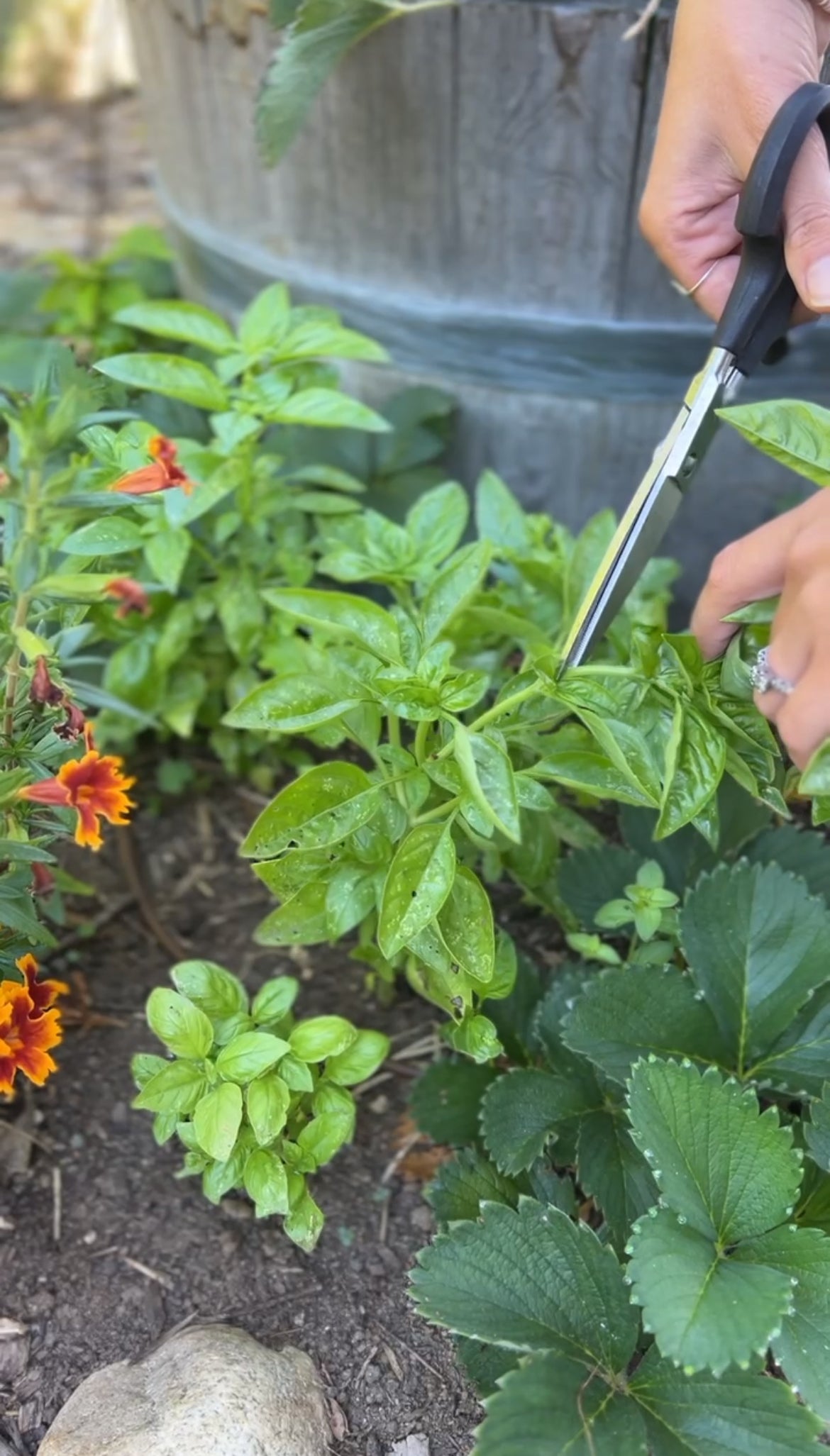
Mint
A refreshing addition to any Summer drink, mint is a perennial herb no garden should be without! There are endless varieties, including chocolate mint and spearmint that are so easy to grow you can almost forget about them and still have a good harvest to use in your kitchen. Plant mint in early Spring for a steady harvest all season. The plant will go dormant in Winter but come back strong again the following Spring. A word to the wise: Mint likes to spread by sending rhizomes underground and can take over a garden bed if allowed. You can control this by digging out the roots to keep the mint patch smaller, or simply grow your mint in a container separate from the rest of the garden bed.
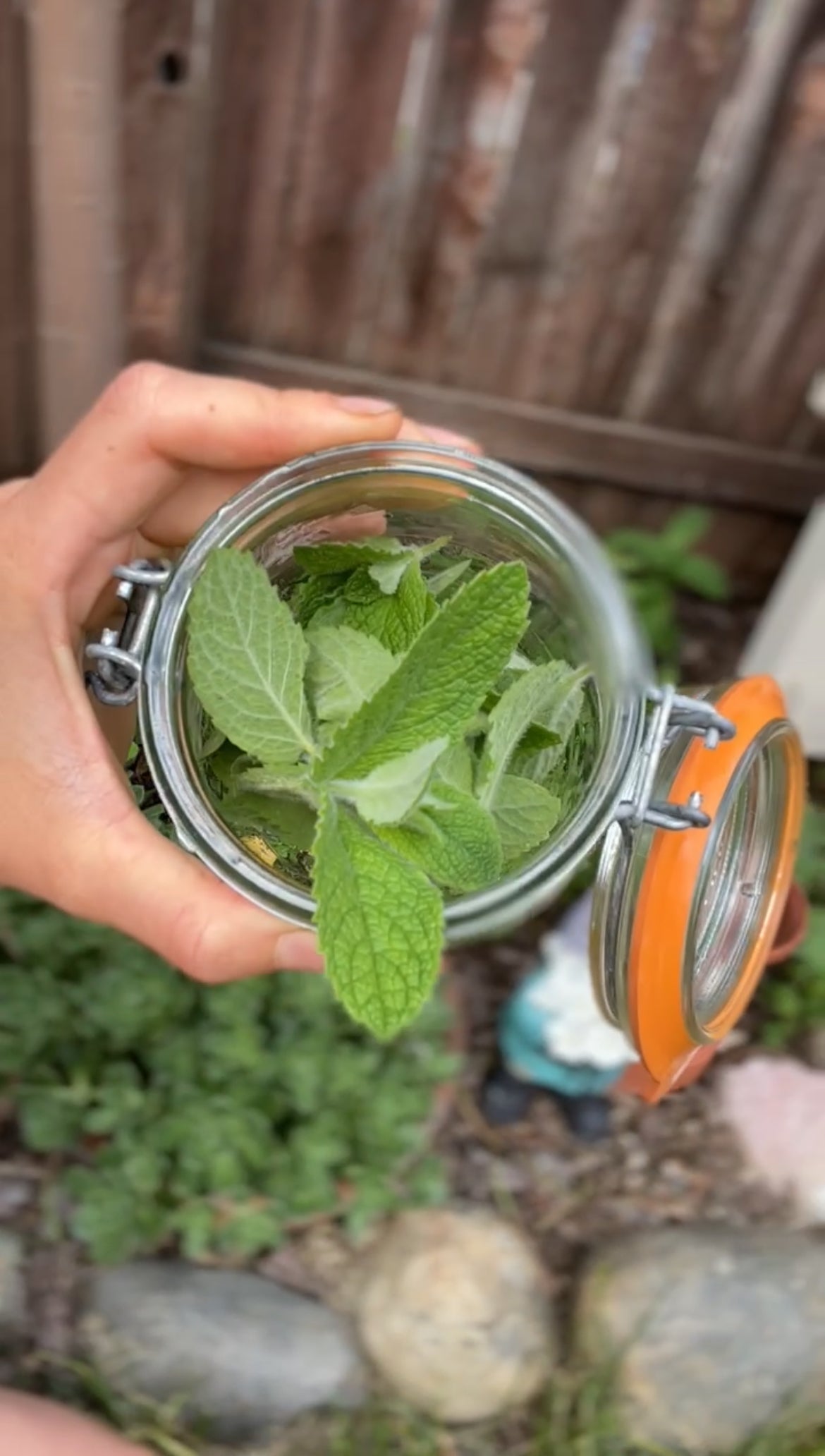
Chives
A perennial herb that produces edible purple flowers in Spring, chives are a staple in any kitchen garden! Their strong smell can help deter pests, so utilize their benefits by planting near your carrots, celery, lettuce, or peas. Harvest when you need and let the chives keep on growing! If allowed to flower and produce seeds, chives will reseed themselves easily, providing you with flavor for years to come! In a sunny spot in the garden, plant chives in the early spring for a summer harvest. Try chopping chives to add as a flavor and color pop to your morning scramble or evening pasta. In Spring pick the flowers apart and use as a flavorful garnish in salads!
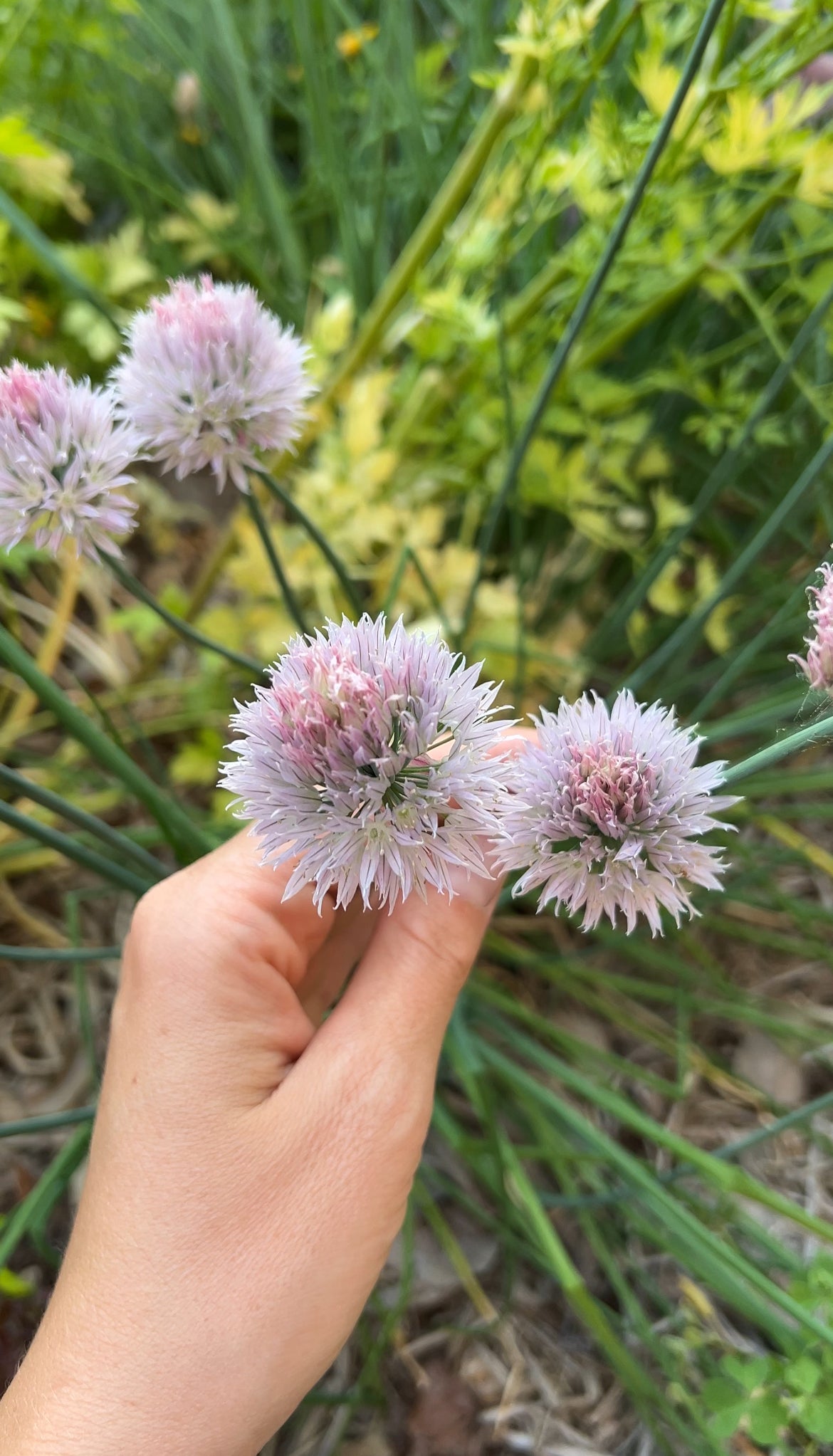
Thyme
This perennial herb looks delicate in the garden but has a hardy countenance. The lovely purple-hued flowers attract and feed pollinators and the leaves of this herb bring depth to many dishes. Thyme adds subtle herby flavor to soups and marinades, and can be used fresh or dried. Hang bundles of thyme upside down for a week or so to dry, then strip the dried leaves from the stems and use in homemade seasoning blends.
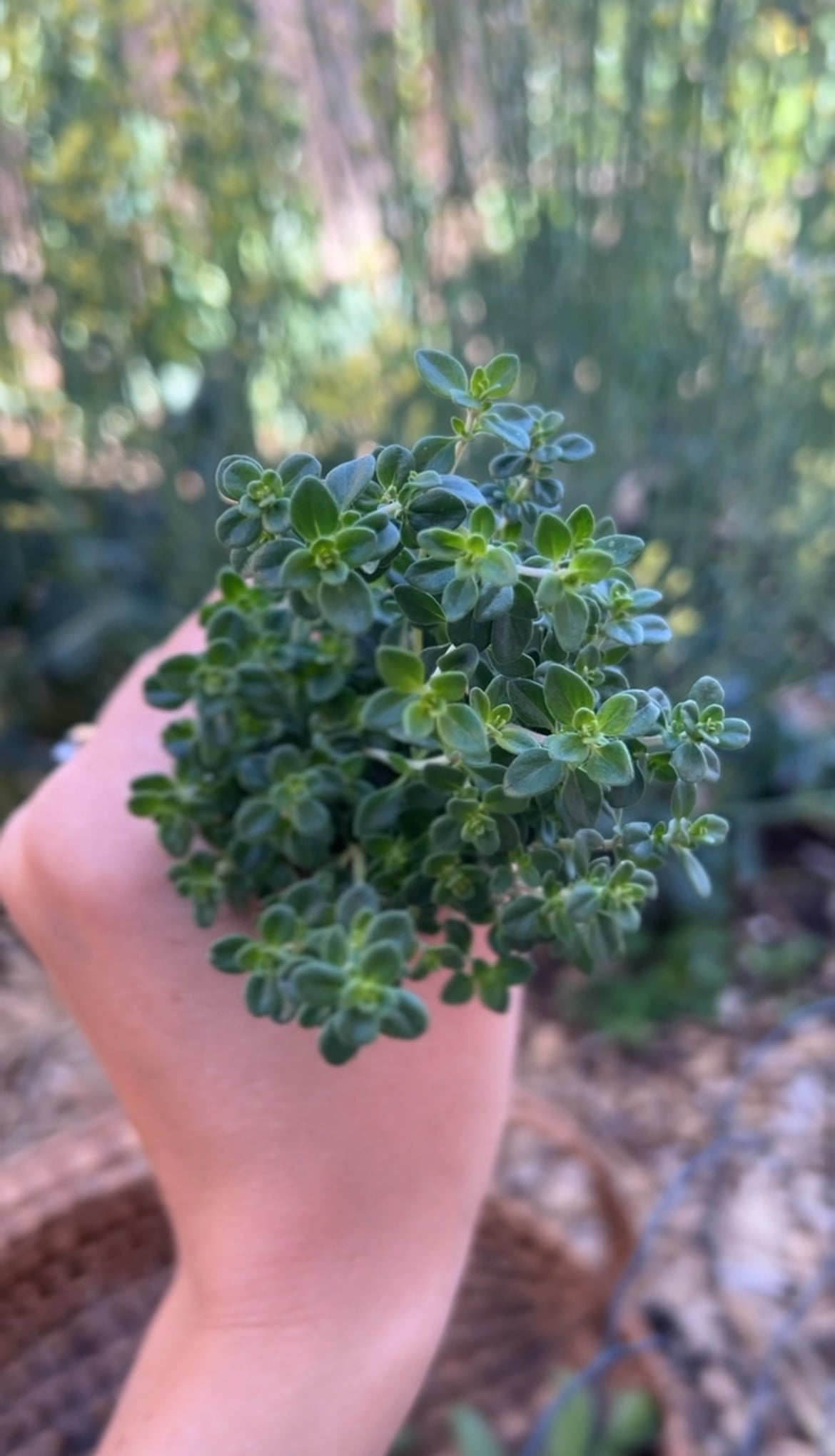
Oregano
Boasting Vitamin K, Iron and a host of amino acids, oregano is another perennial herb that packs a flavor and nutrient punch! Use the leaves in marinades, on pizza or fresh in a salad. To keep the flavor fresh, replace the plant every few years as the leaves lose flavor over time. Sow seeds in early spring or visit your local nursery for a partially grown start to get a harvest sooner!
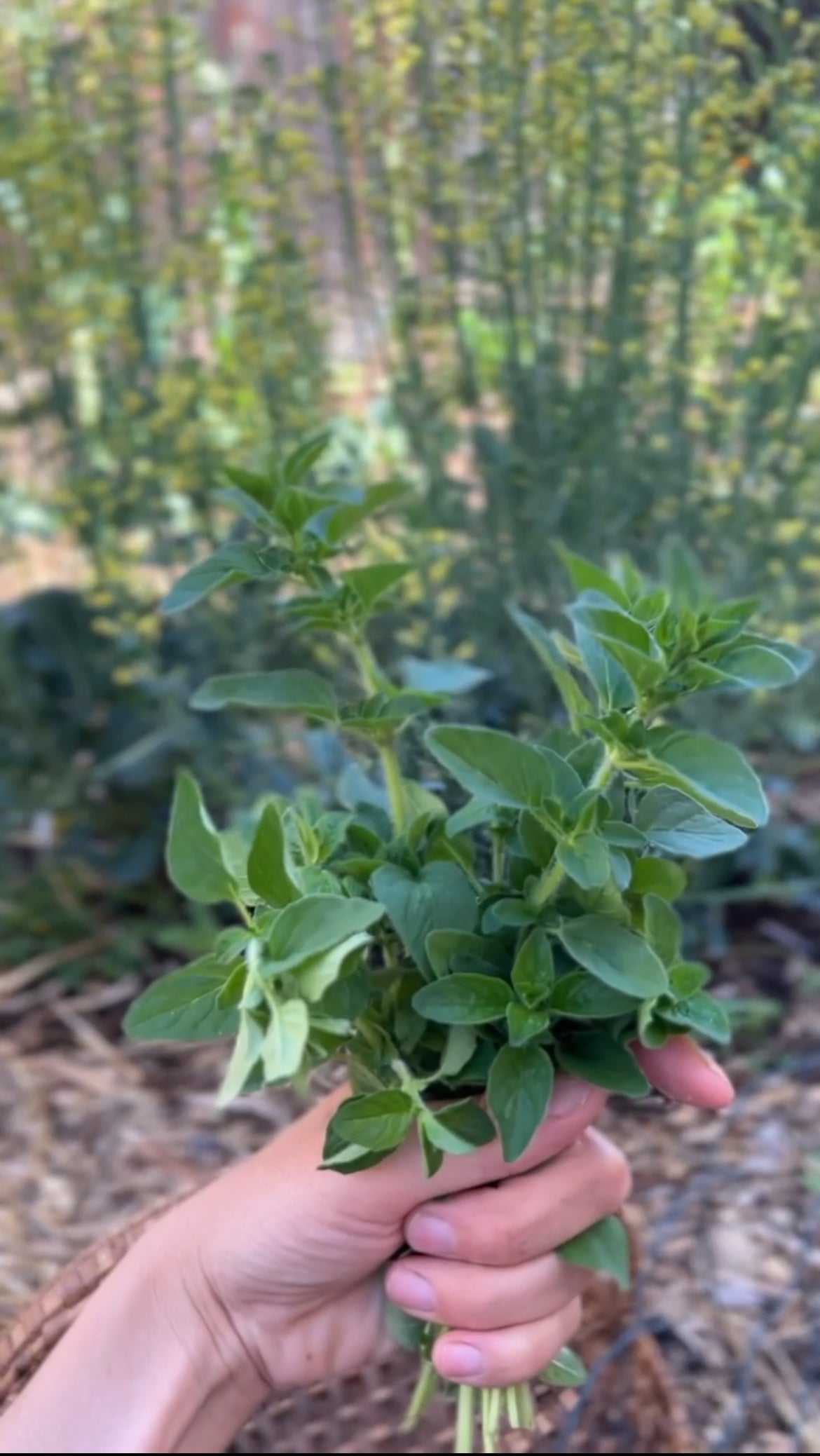
Culinary herbs are a wonderful addition to your kitchen garden, bringing fresh flavors to your cooking and beauty to your home. These five herbs are good choices for beginning gardeners as they are easy to grow and provide an abundant harvest all season long. They can be adapted to a variety of spaces, including raised beds, containers, and sunny windowsills. So, why not start today? A thriving kitchen herb garden awaits, ready to enrich your dishes and your life!
